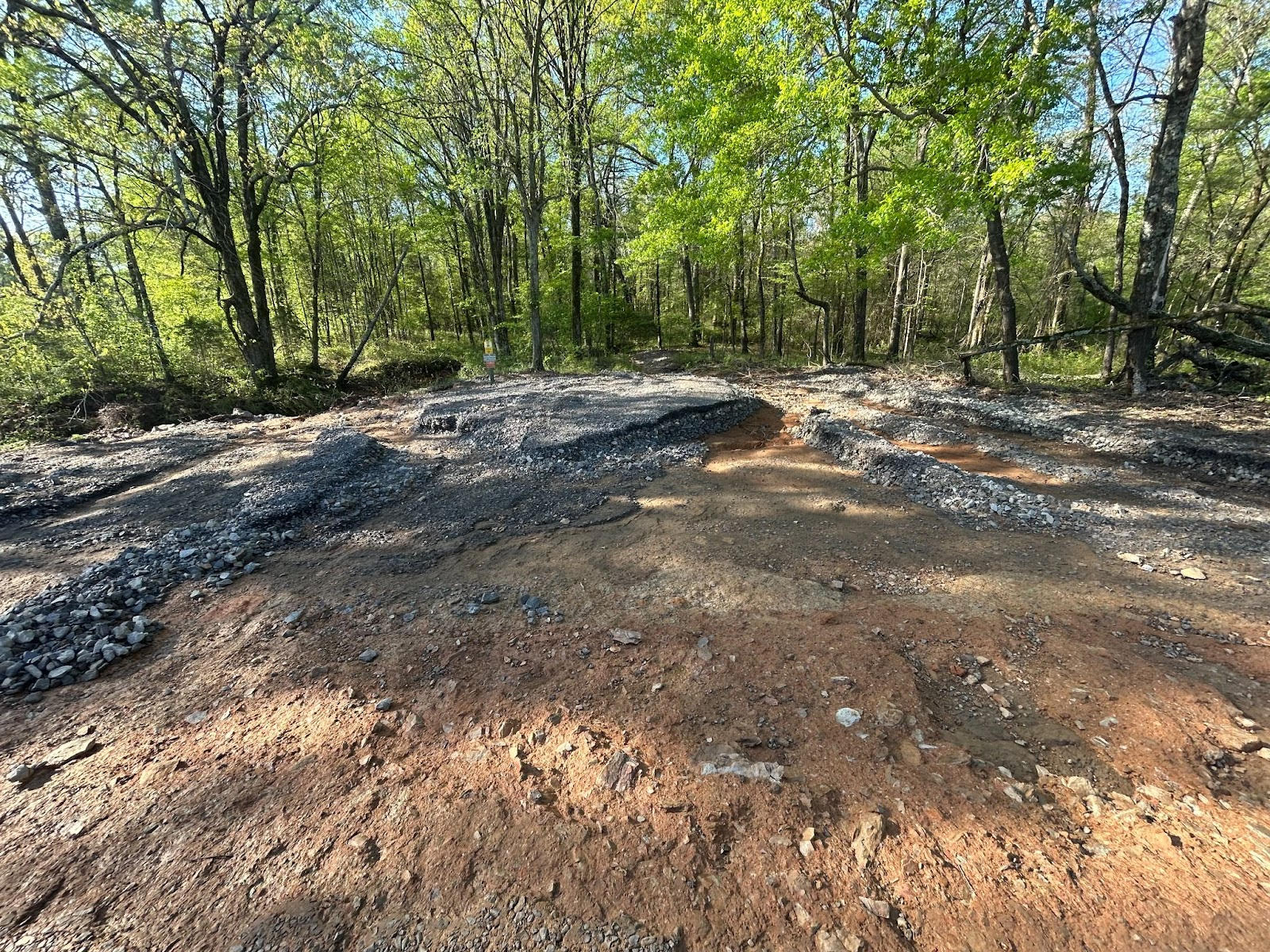The crappie color conundrum
BY Chuck Long
ON 04-22-2020
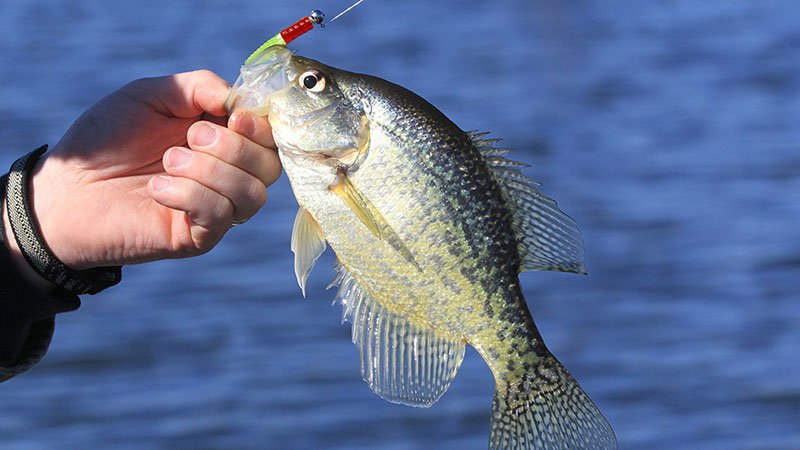
April 22, 2020
Chuck Long
AGFC Northeast Regional Educator, Jonesboro
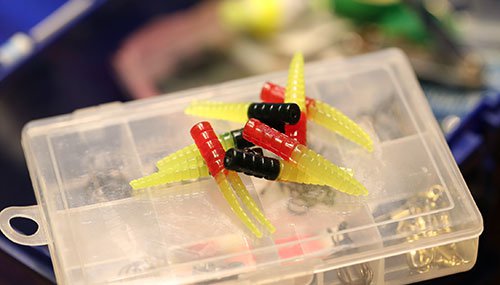
JONESBORO — Let’s start an argument. Not about politics, best brand of truck or the best snack for a fishing trip. This is a real argument, one in which everyone has an opinion and are willing to stand up for their side.
What is the best jig color to use while crappie fishing?
There it is, out there on the table. No name-calling, fisticuffs or mumbly peg to settle this quandary, and please keep all discussions civil.
Most anglers have boxes filled with a plethora of colors, but they end up using only a few selections to get the job done. The rest were purchased on a whim at the tackle store, but never carried the angler’s confidence enough to stay in the water longer than a few minutes before that person’s “never fail” lure saved the day.
According to scientific research, most fish do see color, and many studies point to sunfish like bass, bream and crappie as being able to differentiate color groups as well as most other freshwater fish. Just like people, they have both rods and cones in their eyes, so they are able to see contrasting whites and blacks in low light, but also recognize color when enough light is available. Many factors can determine how well the colors come through.
Colors don’t look the same through the water as they do in broad daylight above the surface. Water clarity, light penetration, depth and even temperature affect how a fish sees certain colors. Opaque lures tend to hold color in more stained water and are more visible at greater depths. Red fades fairly quickly as depth increases, while purples and blacks are among the last to disappear at depth. Chartreuse and white, if opaque, offer good visibility in lightly stained to very dingy water.
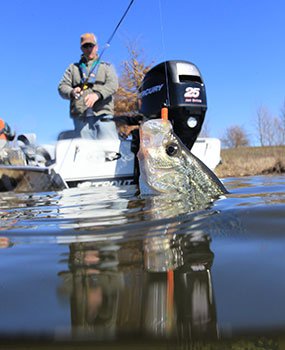
Kent Williams, a Blytheville angler who fishes regional crappie tournaments as well as tournaments all over the United States, has a simple answer. A combination of black and chartreuse will catch crappie in most any lake he has fished.
Chase Thomas, who fishes a wide range of waters in central Arkansas, also is a fan of chartreuse but matches it up with a different contrasting color.
“There are lots of factors to consider but if I had to choose one for all of the lakes I fish it would be red and chartreuse,” Thomas said.
Breaking things down to a lake-by-lake basis may be where most of the debates form. It seems every angler has a favorite that they’ve fine-tuned over the years. Alex Hinson, Boating Education program coordinator for the Arkansas Game and Fish Commission who fishes many lakes in west Arkansas says Tennessee shad is his starting color for Lake Ouachita. The translucent clear and green matches the available forage well, but if it does not produce bites, he is quick to switch to a red and chartreuse crappie jig.
Jerry and Debbie Cross are an ardent fishing couple from Paragould who spend many hours on the water at Lake Norfork in Baxter County. Debbie says, “Our first choice would be a minnow, but on jigs it would be chartreuse plus anything.”
The argument will never end, but it’s clear chartreuse is key. It can be paired with other colors, but it seems to be essential for many anglers, at least for their confidence as they fish. The science of how fish see and how water clarity and sunlight affect color vision also leans toward brighter colors. No matter the color choice, the best addition to an angler’s hook is the confidence to stick with it and be patient until you find what the fish seem to prefer on the end of your line.
The AGFC has many more resources available for anglers interested in chasing crappie in The Natural State. Visit www.agfcnaturecenter for advice on fishing for and cooking Arkansas’s best-tasting panfish.
Recent News
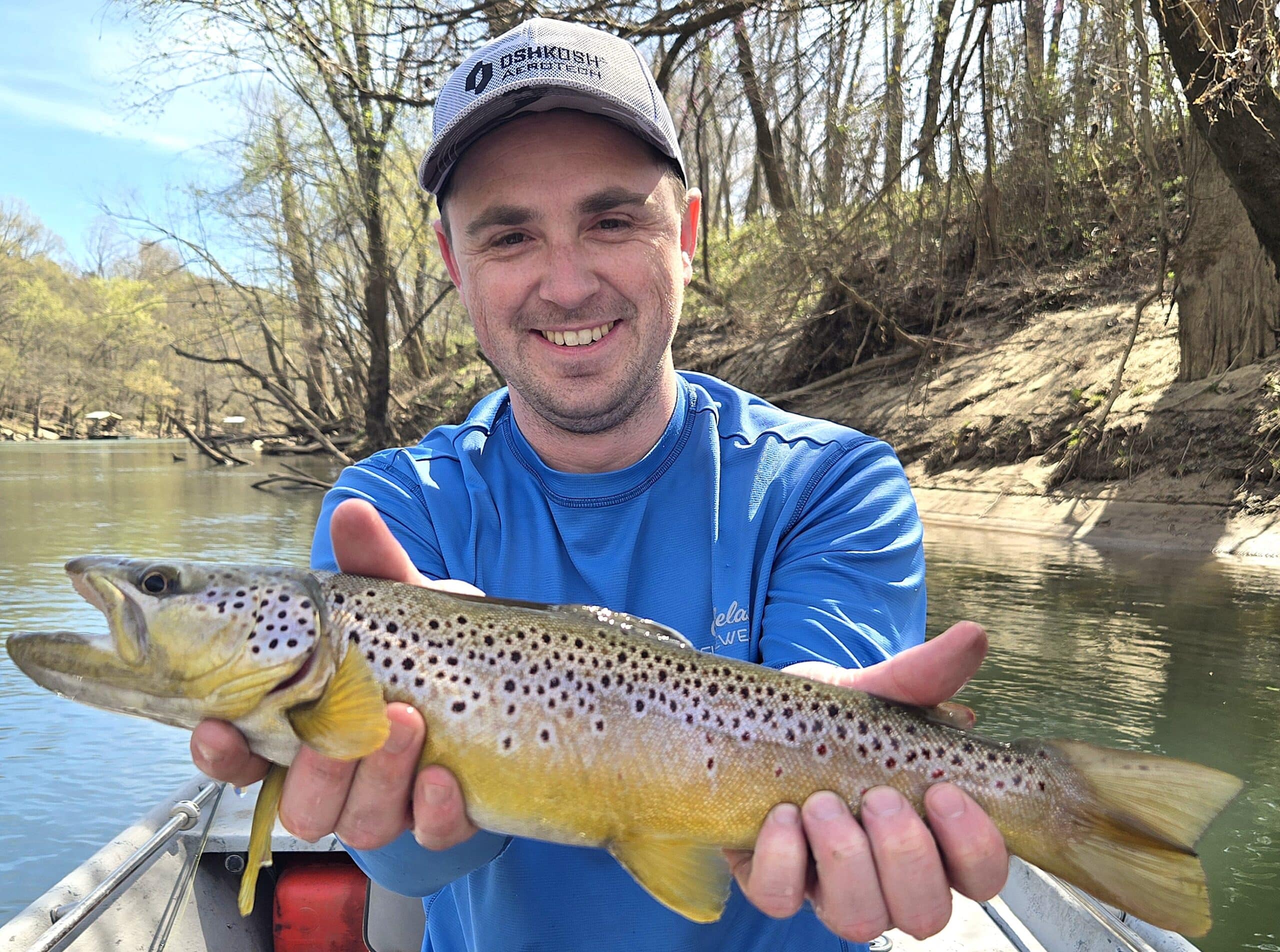
Arkansas Wildlife Weekly Fishing Report
Apr. 10, 2025
Subscribe to Our Weekly Newsletter E-mails
Don’t miss another issue. Sign up now to receive the AGFC Wildlife Weekly Newsletter in your mailbox every Wednesday afternoon (Waterfowl Reports are published weekly during waterfowl season and periodically outside the season). Fishing Reports arrive on Thursdays. Fill in the following fields and hit submit. Thanks, and welcome!

